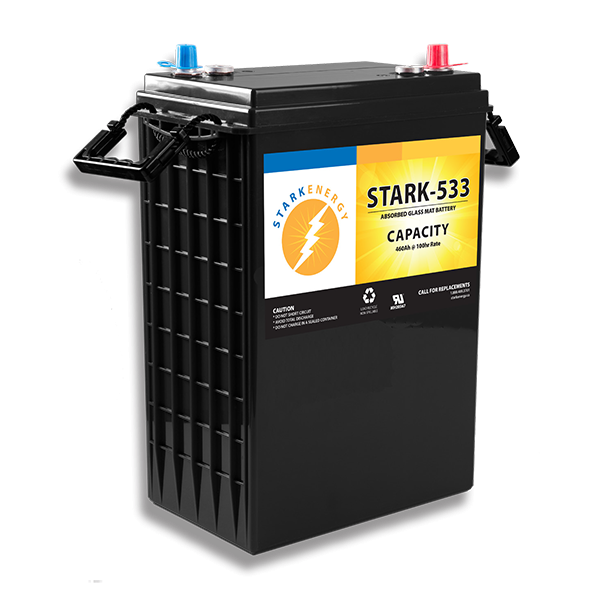Solar Storage Technology
Solar energy is a clean and sustainable power source, but its availability can be intermittent, depending on weather conditions and time of day. To make the most of solar power, energy storage systems are often employed. These systems store excess energy generated during the day for use during periods of low or no sunlight. Among the various types of batteries used for solar storage, Absorbent Glass Mat (AGM), Sealed Lead-Acid (SLA), Flooded Lead-Acid (FLA), and Lithium Iron Phosphate (LiFePO4) batteries are commonly used. Let’s explore each of these technologies in detail.


